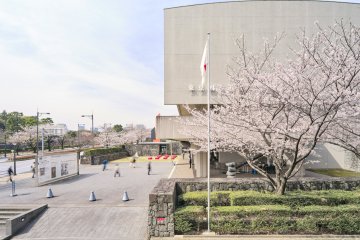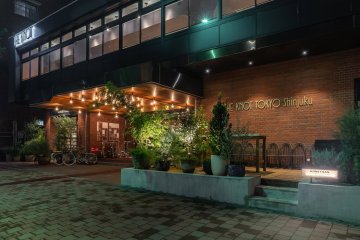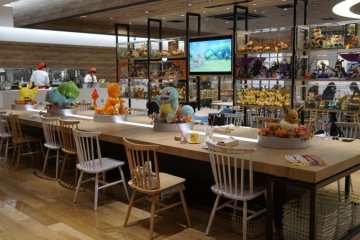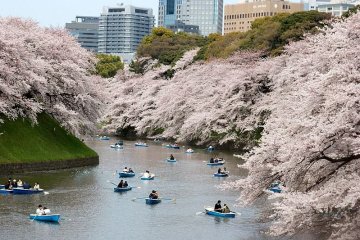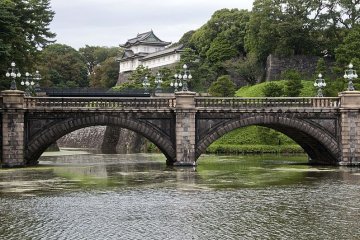Culture
The Nippon Budokan, located in Chiyoda, Tokyo, is one of Japan’s most iconic cultural and sporting venues. Originally built for the judo competition in the 1964 Tokyo Olympics, the Budokan has evolved into a revered hall for both martial arts and music performances. Its name, meaning "Martial Arts Hall of Japan," reflects its traditional purpose. Designed with a distinct octagonal roof inspired by Yumedono at Horyu-ji Temple, the building represents a blend of modern construction and traditional Japanese aesthetics.
While still regularly hosting national martial arts tournaments such as kendo, aikido, and karate, the Budokan is perhaps equally famous among international visitors for its storied history as a concert venue. In 1966, The Beatles became the first rock band to perform there, sparking controversy at the time due to the venue’s sacred association with martial arts. Since then, legendary artists like Bob Dylan, Queen, and Japanese icons such as X Japan and Hikaru Utada have performed here, making it a pilgrimage site for music lovers.
The Budokan is located within Kitanomaru Park, part of the former Edo Castle grounds, which adds natural beauty and historical depth to any visit. The surrounding area, including the Imperial Palace and Chidorigafuchi Moat, is also known for its scenic cherry blossoms in spring.
Whether you're attending a martial arts event, a concert, or simply enjoying the park and its historical foundation, the Nippon Budokan offers a unique blend of culture, history, and entertainment.
Tokyo
0.5km away
![National Museum of Modern Art Free Admission Day [Closed] National Museum of Modern Art Free Admission Day [Closed]](https://a2.cdn.japantravel.com/photo/59143-199064/360x240!/tokyo-national-museum-of-modern-art-free-admission-day-199064.jpg)


/139.75467681885,35.690554821379,9/397x132?access_token=pk.eyJ1IjoiamFwYW50cmF2ZWxtYXBzIiwiYSI6ImNqbXBtOXYxbDB5Z3ozbHFrazJuYWMwOGYifQ.v15fy_mcFWtgopmz8PhwqA)



